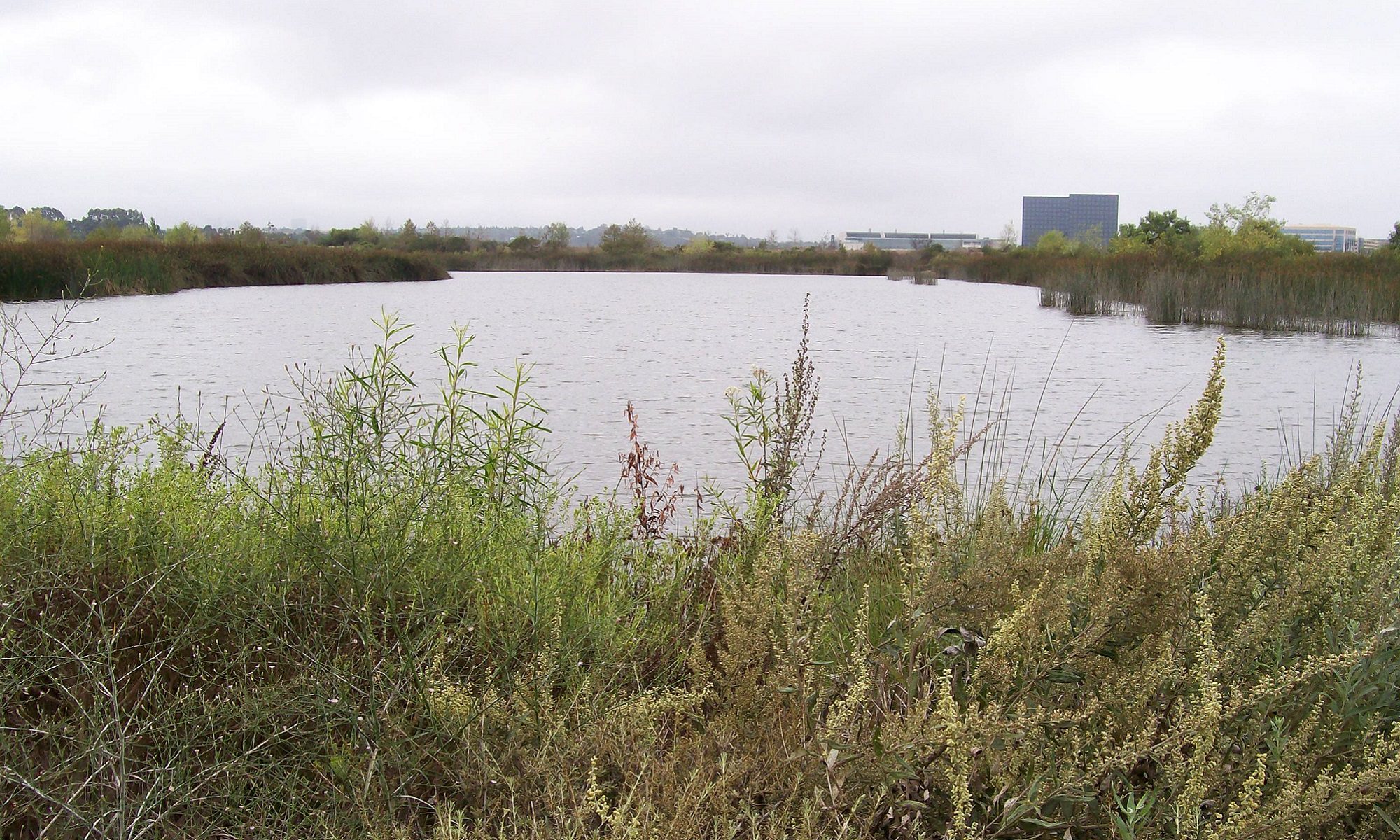Perhaps the case for Marfa Lights being living pterosaurs is somewhat speculative. But how speculative are the criticisms of those who insist that pterosaurs cannot be living! One critic went so far as to suggest that whiskey is the cause for hundreds of eyewitness accounts of strange lights around Marfa, Texas.
Although the case for a group of bioluminescent living pterosaurs flying around Marfa appears tenuous, let’s consider the origin of this idea. This involves both sightings of apparent living pterosaurs and the nature of the more mysterious flying lights of Marfa.
Pterosaurs have been reported north, south, east, and west of Marfa. My book Live Pterosaurs in America goes into details. The apparent lack of such reports close to Marfa does not rule out the possibility of a relationship with neighboring areas.
Some characteristics of at least some of the CE-III mystery lights around Marfa—those characteristics include bright lights that fly at mostly low altitude and appear in various colors: red, orange, yellow, green, and blue. That is how eyewitnesses sometimes describe the ropen light of Papua New Guinea, although natives in various areas of those tropical islands have various local names for what may be the same large nocturnal flying creature. In addition, the speed of flight has sometimes been described in similar ways (for both ropen lights and Marfa Lights): faster than ordinary bird-flight.
But one more significant fact remains: No other explanation (for the CE-III mystery lights around Marfa) comes close to appearing adequate, when compared with the conjecture of large bioluminescent flying predators, and what fits that description better than “ropen.”


